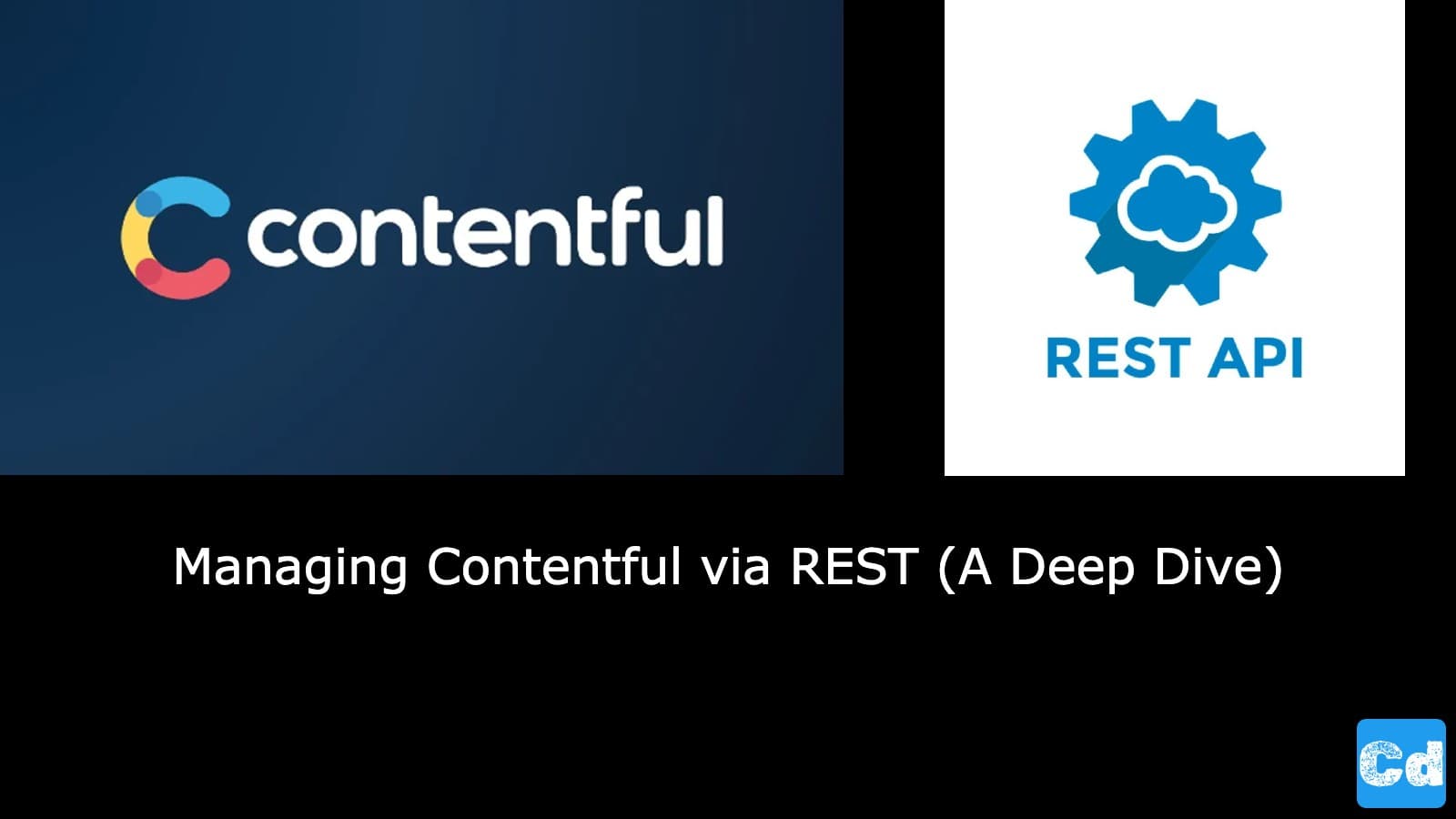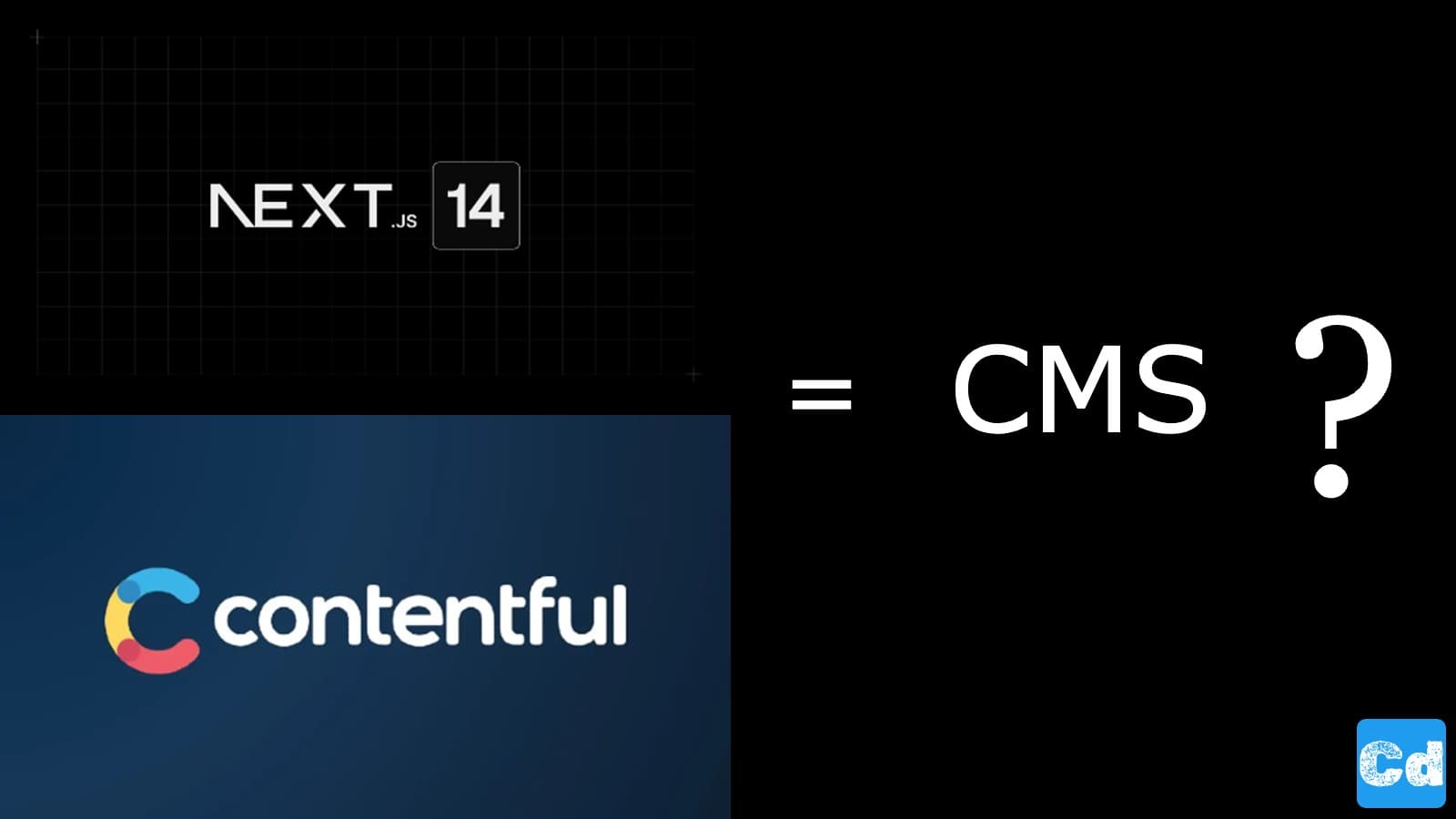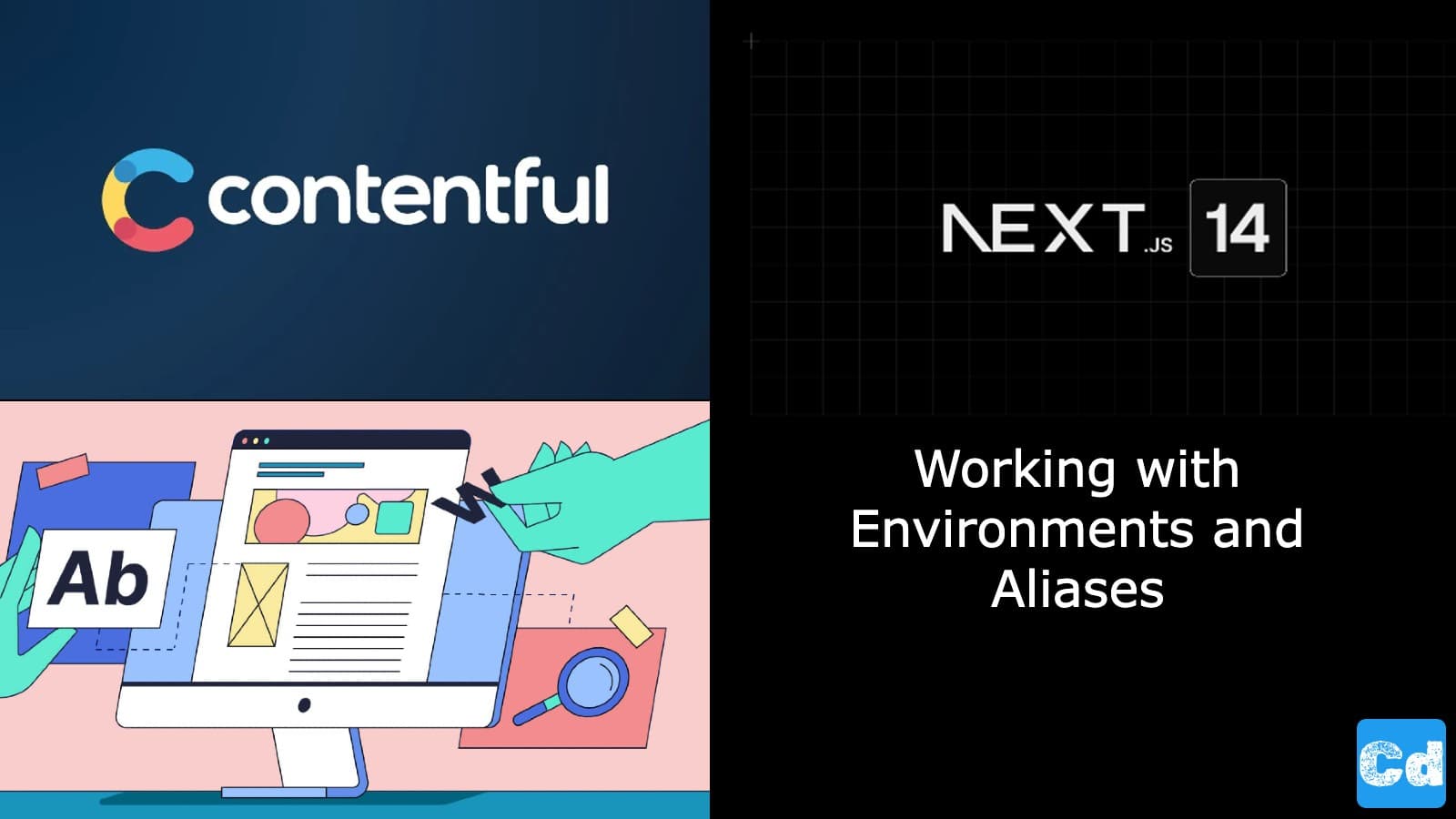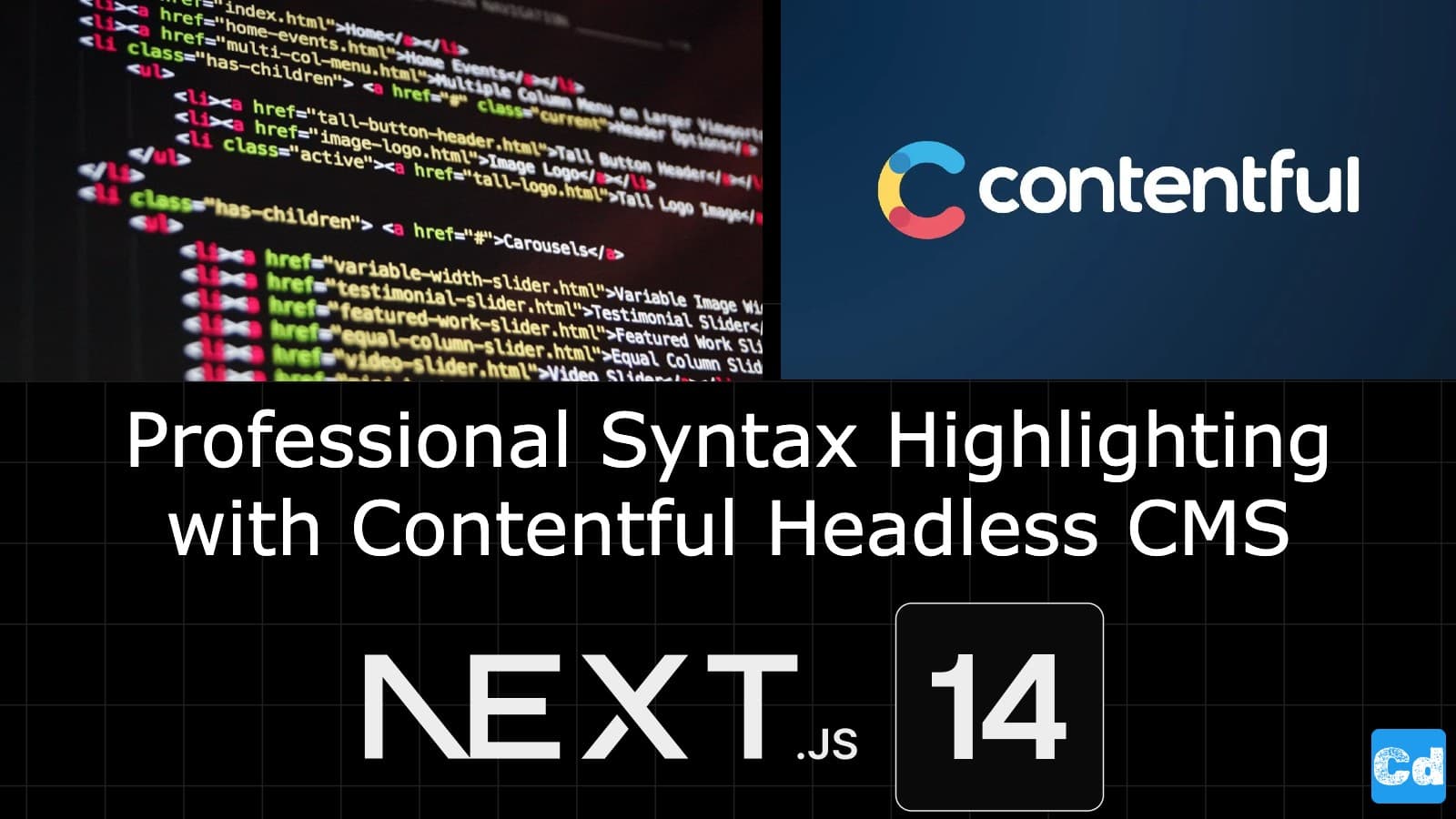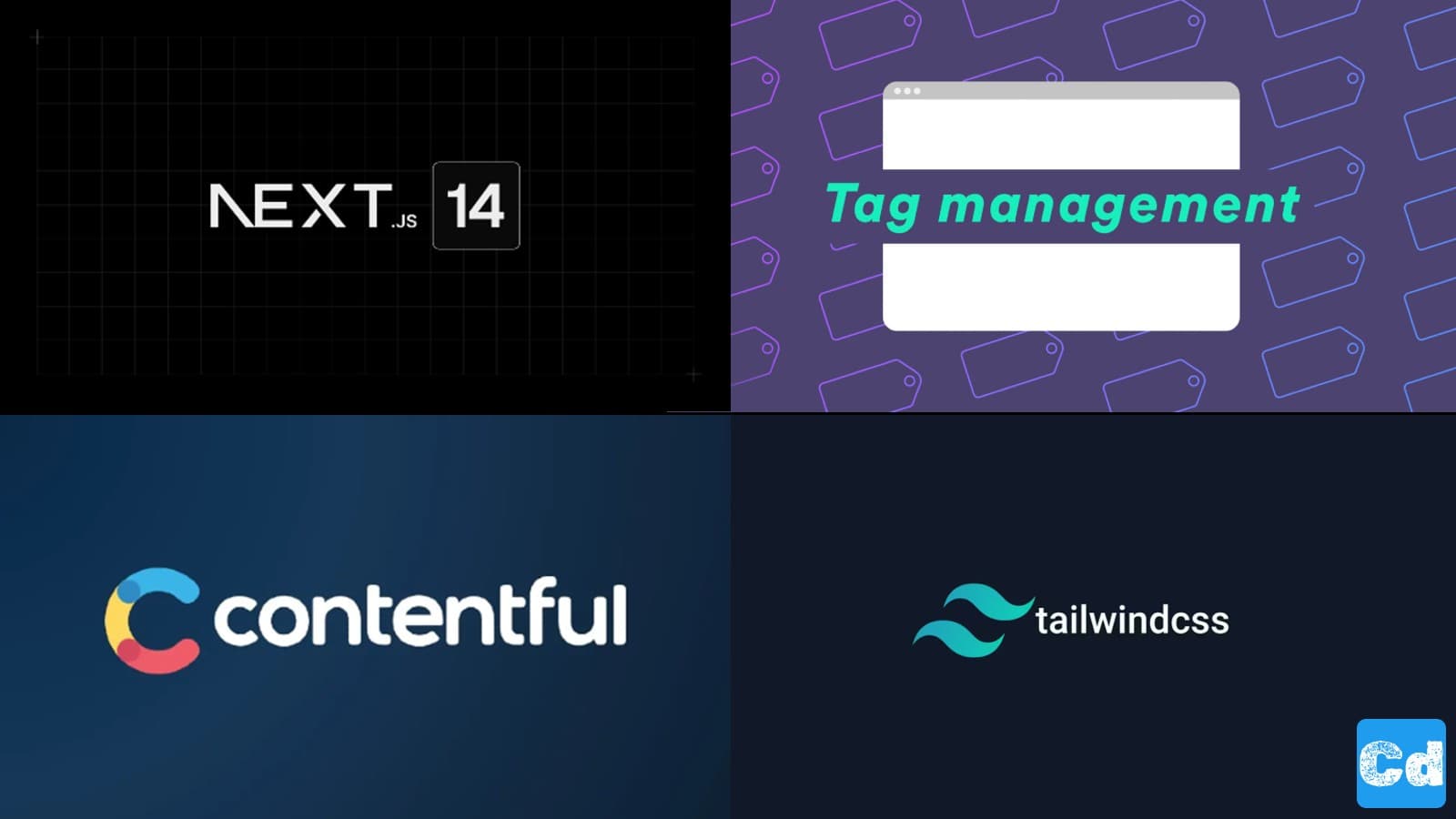Table of Contents
- 1. preview.contentful.com (Content Preview API)
- 2. api.contentful.com (Management API)
- Getting Data
- Modifying Data
- 3. cdn.contentful.com (Content Delivery API)
- 4. graphql.contentful.com (GraphQL Content Delivery API)
- 5. images.ctfassets.net (Image API)
- 6. upload.contentful.com (Upload API)
- Conclusion:
- Cloudapp-dev, and before you leave us
Contentful is a great Headless CMS that is easy to integrate with new or existing Next.js 14 projects. I use it a lot in my web projects. However, there are several ways to manage content (Creating, updating, deleting, and delivering content). Let’s do a deep dive into the REST capabilities of this CMS.
Below, you will find a list of all available Endpoints and some examples as well.
1. preview.contentful.com (Content Preview API)
Purpose
This is the Preview API endpoint used to access unpublished (draft) content in Contentful. It’s useful for seeing changes in content before they go live.
Usage
Typically used in development environments or for previewing content within content management systems (CMS).
Access
Requires a preview API key.
Example Use Case
A content editor wants to preview changes made to a blog post before it is published.
Let’s assume you have a Contentful Space with the ID “xxxyyy” and you are working on the “master” environment, and you have a content record with the ID “3xwgduhyZmdUYieeiW5Pq2”, then your URL would be:
https://preview.contentful.com/spaces/xxxyyy/environments/master/entries/3xwgduhyZmdUYieeiW5Pq2
Further information regarding the right use of Contentful Environments.
You can get the Content Preview Token from the Contentful Backend by clicking on “Settings” in the upper right corner, then “API Keys”. Create a new API Key or open the one present in the UI and scroll down till you see it. Now, create a GET Request in Postman and use the correct URL. Set the Preview Token as Bearer Token in the Authorization Tab and click “Send” to get the “preview” version of your content record.
As you can see in the JSON, the content entries type is “PageBlogPost”. Below the different fields used in the contenttype.
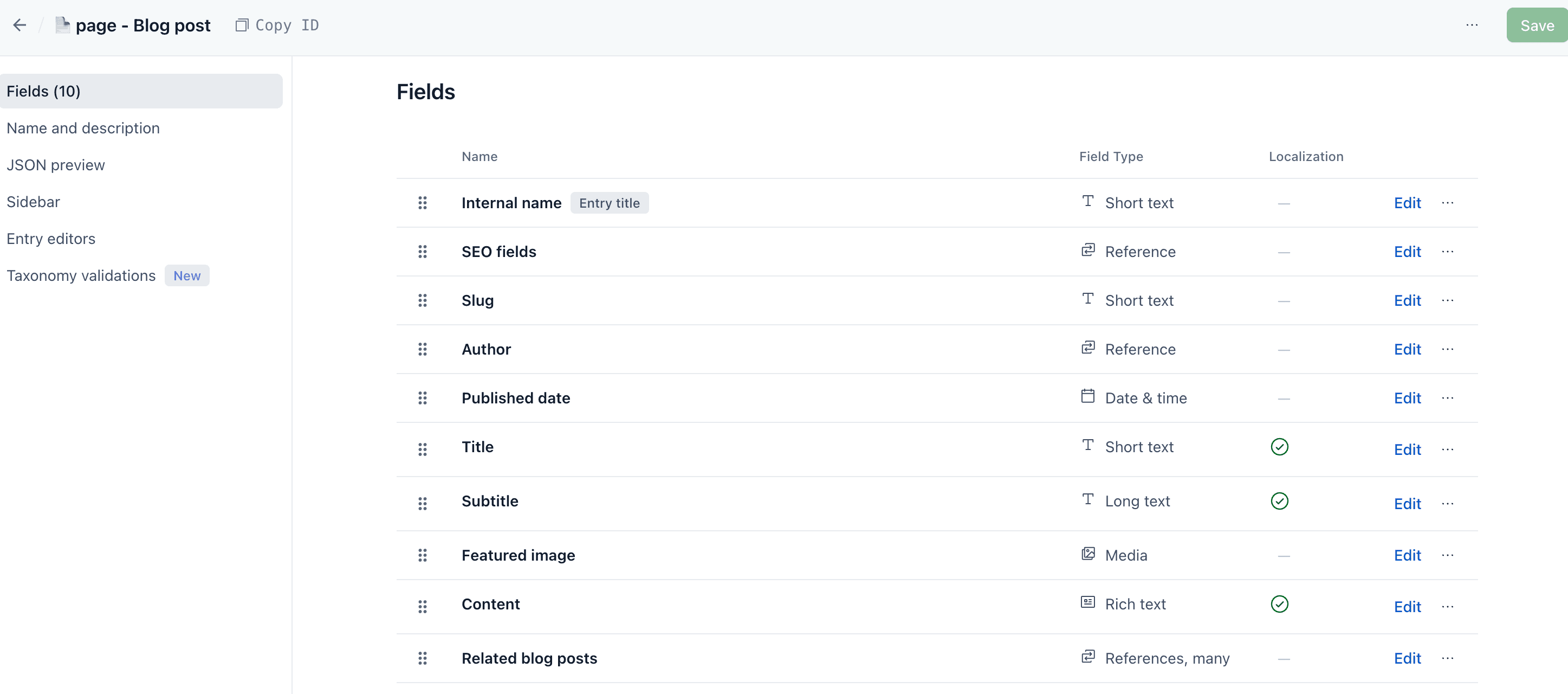
2. api.contentful.com (Management API)
Purpose
This is the Content Management API endpoint used for managing content and other resources in a Contentful space. It provides CRUD operations (Create, Read, Update, Delete) for entries, assets, content types, environments, etc.
Usage
Used by developers to automate tasks like content type creation, updating entries programmatically, or managing environment settings.
Access
Requires a Content Management API key.
Example Use Case
A developer writes a script to migrate content from one environment to another.
Let’s create a new content record of type “pageBlogPost”. The URL could be:
https://api.contentful.com/spaces/xxxyyy/environments/master/entries
Get the CMA Token from the “CMA tokens” section under settings in your Contentful account and use it again as Bearer Token in your Postman POST request. Add the headers “X-Contentful-Content-Type” -> pageBlogPost (or every content type you created) and “Content-Type” -> application/vnd.contentful.management.v1+json
Select “raw” for the body tab and use this example JSON.
As you can see I use two languages: German (DE) and English (EN). If the creation was successful you well receive a “201 Created” and you can see your record in the Contentful Backend.
Getting Data
With this URL -> https://api.contentful.com/spaces/xxxyyy/environments/master/entries/your-contentful-content-record-id
you can get the previously created content record JSON data.
Modifying Data
Let’s prepare a PUT request ->
https://api.contentful.com/spaces/xxxyyy/environments/master/entries/3xwgduhyZmdUYieeiW5Pq2
and the Header “X-Contentful-Version” to indicate the version for the modification. You can get the Version from the JSON of the previous GET request ( “publishedVersion”: 3, “publishedAt”: “2024–09–09T15:21:08.978Z”,)
3. cdn.contentful.com (Content Delivery API)
Purpose
This is the Content Delivery API (CDA) endpoint used to deliver published content. It is backed by a Content Delivery Network (CDN) for efficient, fast access to content.
Usage
Commonly used in production environments to fetch published content for websites or applications.
Access
Requires a Content Delivery API key.
Example Use Case
A website or mobile app fetches and displays live content for users.
Get the Content Delivery API — access token from your account under settings / API Keys
This call uses the fast Contentful CDN and gives you a list of 10 content records (type -> pageBlogPost)
4. graphql.contentful.com (GraphQL Content Delivery API)
Purpose
This is the GraphQL Content Delivery API endpoint that provides content using the GraphQL query language, allowing more flexible and precise queries than the REST-based CDA.
Usage
Suitable for applications that need fine-grained control over the content they fetch, reducing over-fetching or under-fetching of data.
Access
Requires a Content Delivery API key.
Example Use Case
A React-based application uses GraphQL queries to fetch specific fields from Contentful for rendering a component.
Use this Endpoint with the Content Delivery API — access token
https://graphql.contentful.com/content/v1/spaces/xxxyyy/environments/master
Create a Postman POST request, authorize with the Bearer Token (CDN API Key), and use this Graphql Query in the Body tab, selecting “GraphQL”. Use your content record ID.
Response JSON (Example)
5. images.ctfassets.net (Image API)
Purpose
This endpoint is used to deliver and manipulate images stored in Contentful. It allows for image transformations such as resizing, cropping, and format conversion.
Usage
Used in production to deliver optimized images for different devices or screen sizes.
Example Use Case
A website uses this endpoint to fetch optimized, responsive images for faster loading times.
As you can see in the previous JSON response, Contentful uses this endpoint for image delivery and manipulation.
6. upload.contentful.com (Upload API)
Purpose
This is the Upload API endpoint used to upload large files (assets) to Contentful. Unlike the Content Management API, which handles all types of resources, the Upload API is specifically optimized for large asset uploads.
Usage
Commonly used in automation scripts or custom applications where large files need to be uploaded programmatically.
Access
Requires a Content Management API key.
Example Use Case
An application bulk uploads images or videos to be managed and published in Contentful
Conclusion:
preview.contentful.com
Used for previewing unpublished content.
api.contentful.com
Used for managing content and configurations.
cdn.contentful.com
Used for delivering published content quickly.
graphql.contentful.com
Used for delivering published content with flexible GraphQL queries.
images.ctfassets.net
For delivering and transforming images.
upload.contentful.com
For uploading large files as assets.
Each endpoint has a specific purpose and is optimized for different scenarios in the content management and delivery workflow.
Cloudapp-dev, and before you leave us
Thank you for reading until the end. Before you go:
